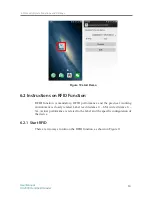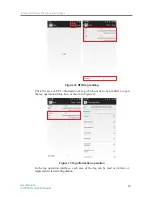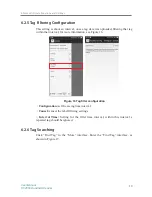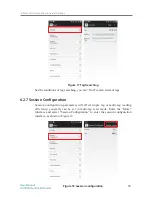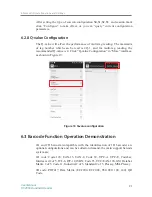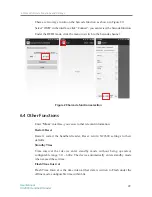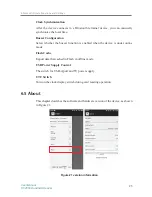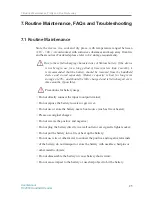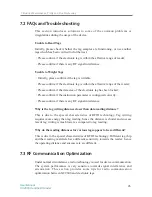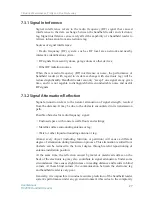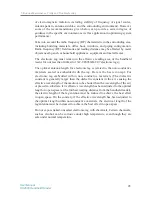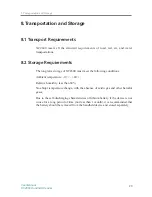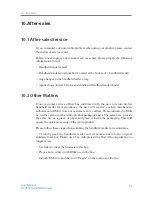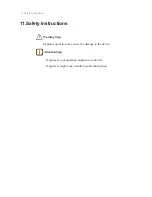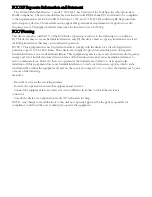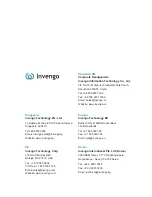
User Manual
XC2600 Handheld Reader
28
of electromagnetic radiation, including stability of frequency of signal source,
antenna pattern, antenna sidelobe, and the surrounding environment). However,
some of the recommendations given below can provide a certain degree of
guidance in the specific environment, as well as application in optimizing system
performance:
Take into account the radio frequency (RF) characteristic in the surrounding area,
including building materials, office hour, windows, and piping configuration.
Radio frequency (RF) field mode and reading distance may be affected by metal
objects nearby, such as household appliances, equipment and metal frames.;
The electronic tag must remain in the effective reading area of the handheld
reader for not less than 100ms (for XC-TF8030-B-C07 electronic tags);
The optimal antenna length for electronic tag is related to the non-conductive
materials sealed or embedded with the tag. Here is the basic concept: For
electronic tag embedded within non-conductive materials (The dielectric
constant is generally larger than the dielectric constant in the air, causing the
effective wavelength of the medium to be shorter than the wavelength of the air)
or placed in substrate, if its effective wavelength has been adjusted to the optimal
length in open space (at the furthest reading distance from the handheld reader),
the electric length of the tag antenna must be reduced to achieve the best effect
in open space. On the contrary, if the effective wavelength has been adjusted to
the optimal length within non-conductive materials, the electrical length of the
tag antenna must be increased to achieve the best effect in open space.
Do not expose naked, unsealed electronic tag with chemicals. Certain chemicals,
such as alcohol, can be corrosive under high temperature, even though they are
safe under normal temperature.
7. Routine Maintenance, FAQs and Troubleshooting

